Home >Common Problem >Humane uses Android to build what looks like an AR wearable, with a laser-projection 'display' that works on any surface
Humane uses Android to build what looks like an AR wearable, with a laser-projection 'display' that works on any surface
- WBOYWBOYWBOYWBOYWBOYWBOYWBOYWBOYWBOYWBOYWBOYWBOYWBforward
- 2023-04-13 13:40:082140browse
Humane was founded by Apple software director Bethany Bongiorno and design lead Imran Chaudhri. The latter spent more than two decades at Apple (1995-2016) and worked on the Human Interface team, while the former ran iOS and macOS software engineering from 2008 until she left in 2016, too.
The startup is very secretive about its work, but has made various bold statements about "building innovative technology that feels familiar, natural, and human" and its "mission to reimagine computing." A key part of that is making "products that allow us to reconnect with ourselves, each other, and the world around us."
According to a patent issued in 2020 ("Wearable multimedia device with laser projection system and cloud computing platform”), all this marketing copy could potentially translate into a portable device that – most importantly – “does not include a display, allowing users to continue interacting with friends, family and colleagues without being immersed in the display. ” In fact, “minimizing user interaction” is the goal.
Instead, a "laser projection system" turns any surface into a display that disappears when it is no longer needed. According to the patent drawings, this includes projecting the time/date, numeric keypad, turn-by-turn directions, and temperature/thermostat controls onto the palm of your hand. Other examples show information overlaying - in true augmented reality fashion - while you're cooking or working on your car's engine.
Laser projection can mark objects, provide text or descriptions related to the objects, and provide a temporary user interface (e.g., keyboard, numeric keyboard, device controller). Discuss content with others.
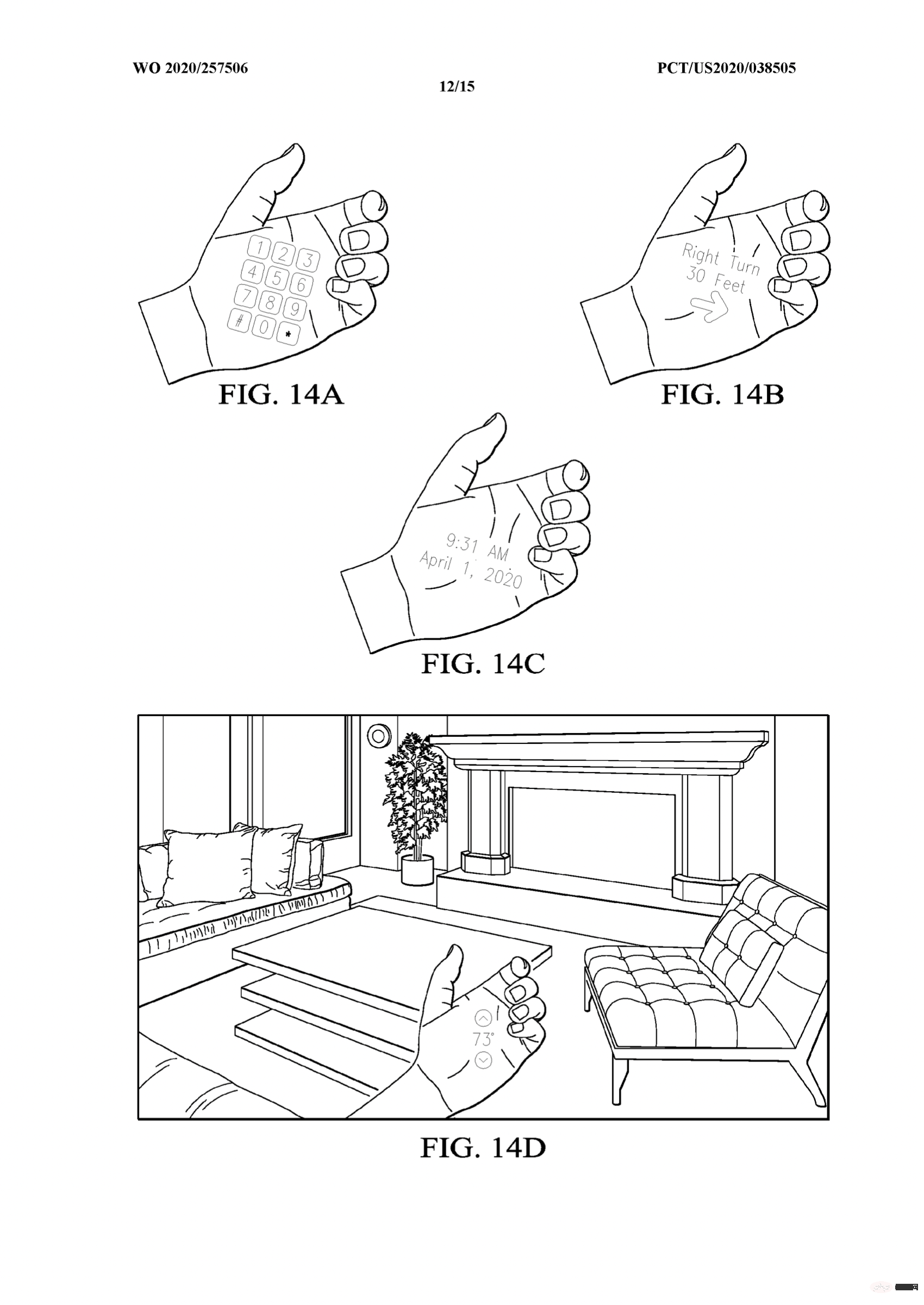
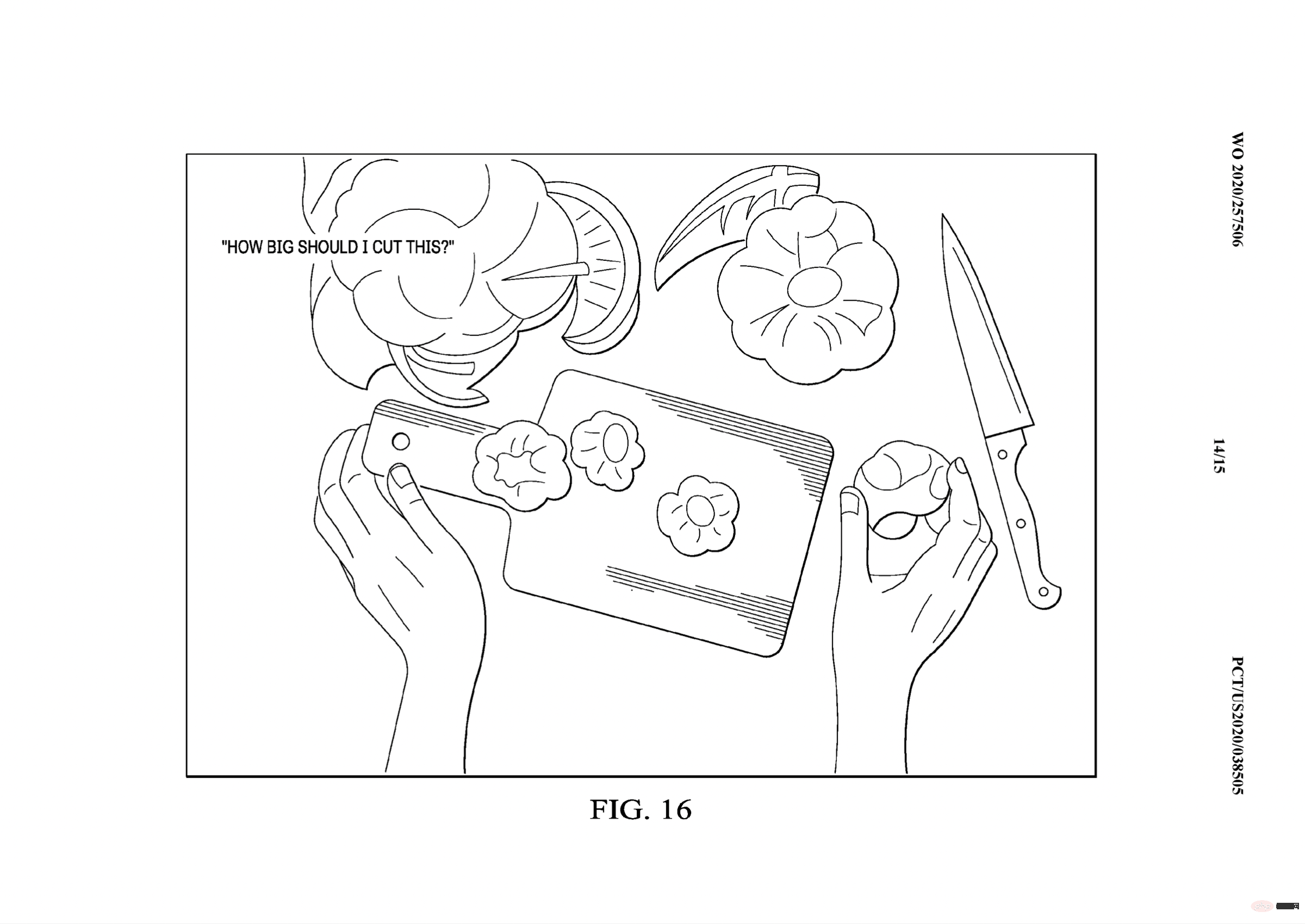
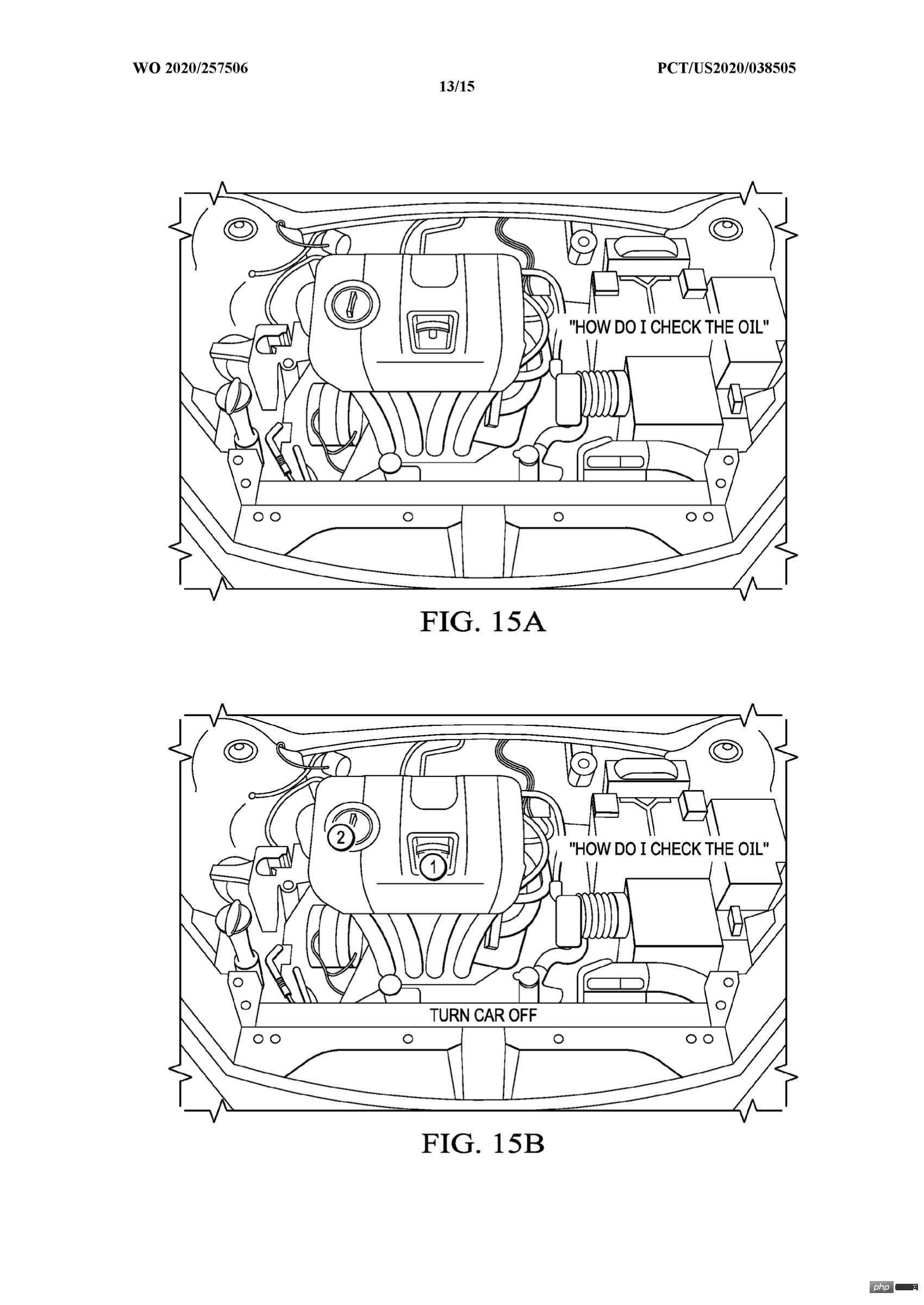
In one embodiment, the cloud computing platform may be driven by context-based gestures (e.g., mid-air gestures) combined with voice queries, such as a user pointing to an object in their environment and saying: "That's What building?" The cloud computing platform uses air gestures to narrow the camera's viewport and isolate the building.The camera can also act as a normal recording device by tapping "Wearable Multimedia Device". In terms of specifications, the user-friendly "wearable multimedia device" will be certified by public positions (1, 2, 3) running on Android, including system software engineers, Android framework:
What You Might Do
- Customize and extend AOSP for new product categories
Basic Qualifications
- 2+ years of experience developing Java, JNI and C code for Android devices
- Familiar with Android framework and HAL
- Experience developing in Android RIL/Telephony
Preferred Skills
- Experience customizing AOSP for new product categories
- Experience with Android telephony, wireless, or multimedia frameworks
- Have experience with embedded Linux/Android development boards
Some example applications could include, but are not limited to: personal live streaming (e.g., Instagram™ Life, Snapchat™), advanced monitoring (e.g., , making sure a loved one has taken their medication), memory recall (e.g., showing your child’s soccer game last week), and personal tutorials (e.g., an AI-enabled personal tutorial that knows the user’s location and guides the user through actions).
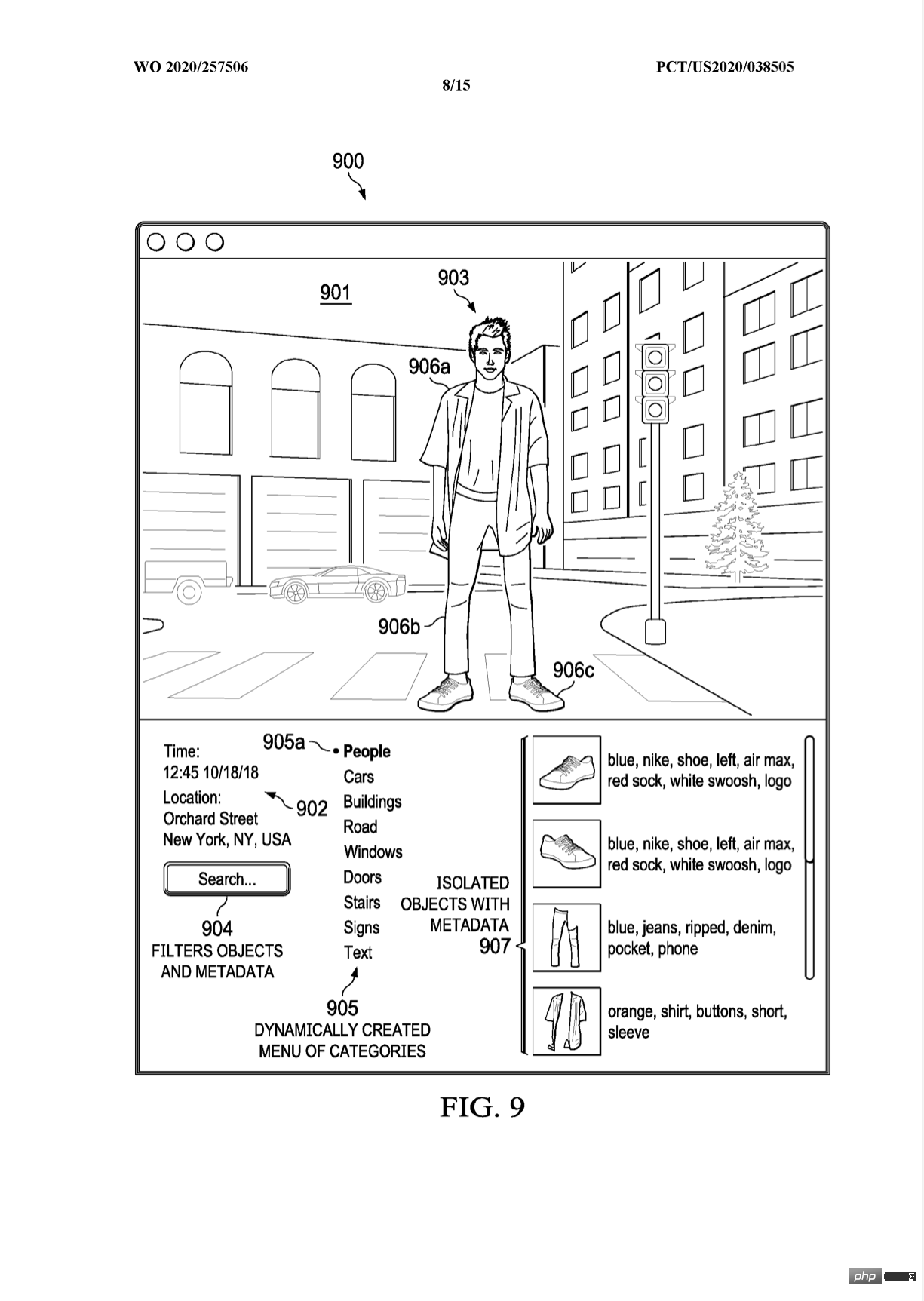
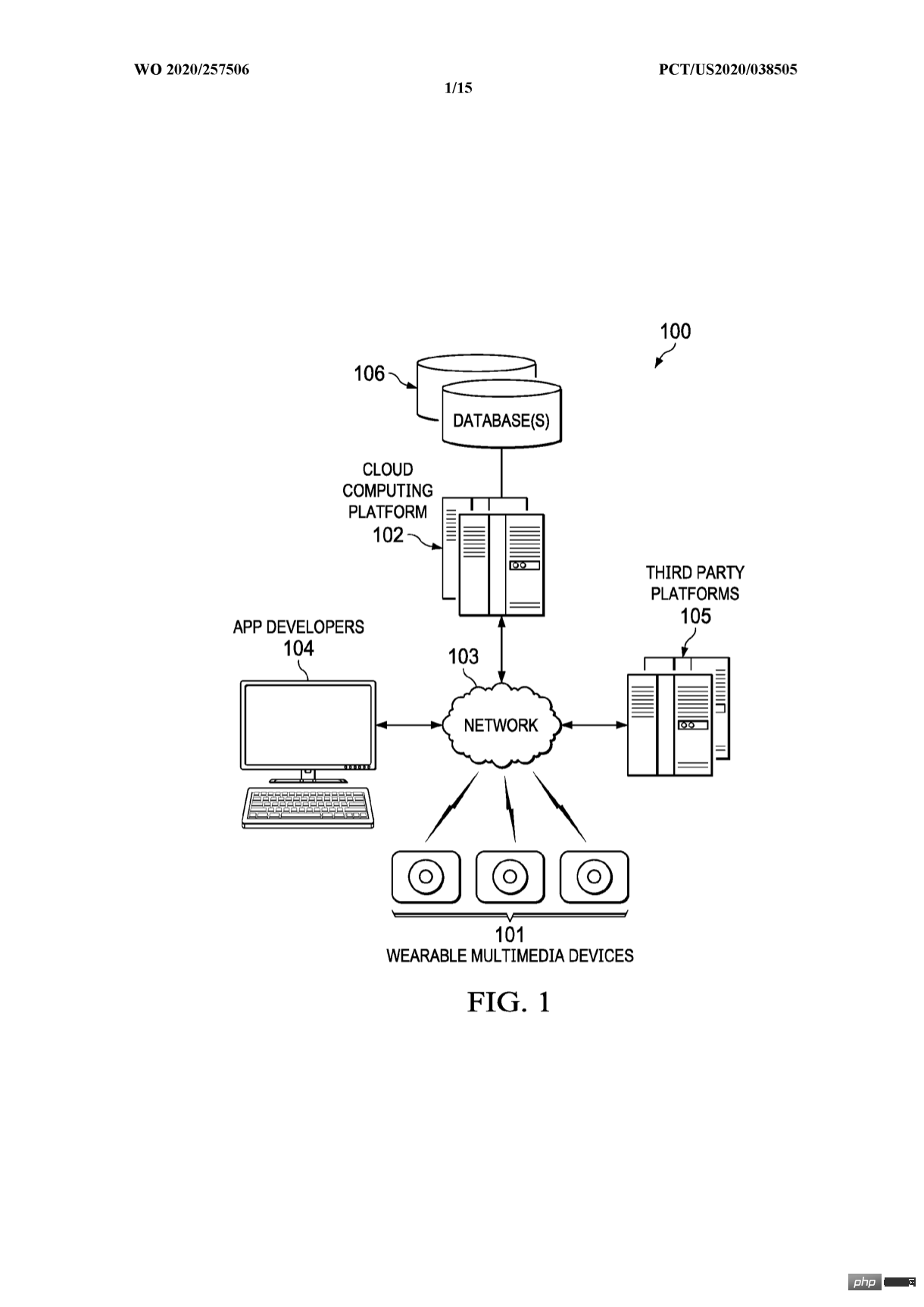
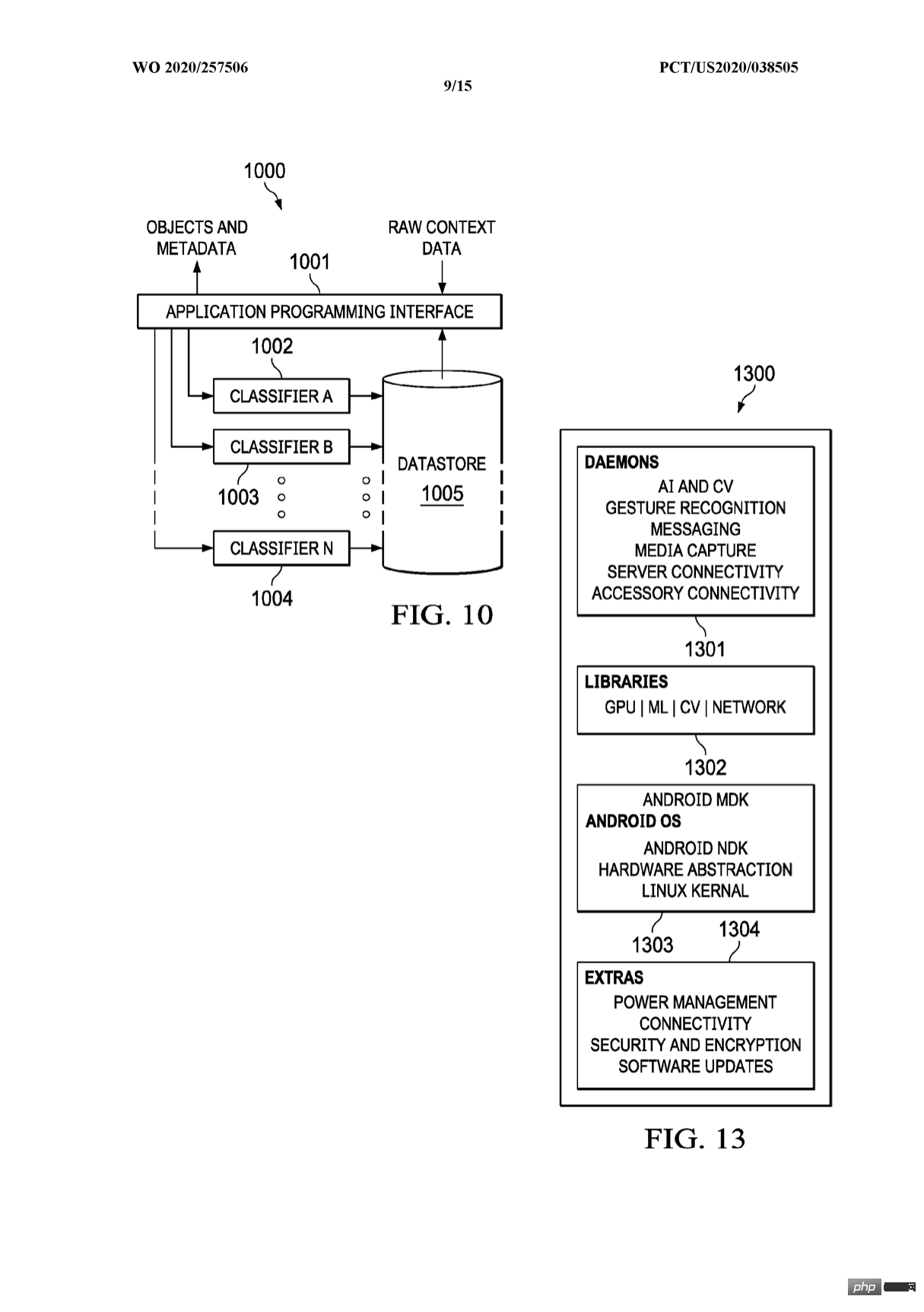
In terms of power, the camera, depth sensor and projection system will obviously have to face the world, but there will be an external battery hidden under your clothing, such as a jacket. The bag and front are connected via magnets - which secure the device to your clothing - and this external bag wirelessly charges the internal battery. This design was also patented.
Meanwhile, “X55 (4/5G Modem)” means the device will be truly standalone and won’t require a smartphone. There's also a microphone for voice commands (possibly with a digital assistant), while GPS and inertial sensors (such as accelerometers or gyroscopes) help determine "the position and orientation of the user wearing the device while capturing contextual data." The patent extensively mentions the possibility of having a heart rate sensor or fingerprint monitor, while the device will be able to connect to headphones.Users magnetically attach wearable multimedia devices to their clothing by placing the portable battery pack under their clothing and placing the wearable multimedia device on top of the portable battery pack outside their clothing At the same time, the patent application includes a diagram indicating that the Humane device will be powered by a "Qualcomm Snapdragon 8xx" chip. It's important to note that this application is a few years old now, but it's interesting to use a flagship smartphone chip for AR/VR instead of the more specialized XR1/XR2 chips. This may just be a development platform, and Qualcomm Ventures LLC did participate in Humane's $100 million Series B last year.
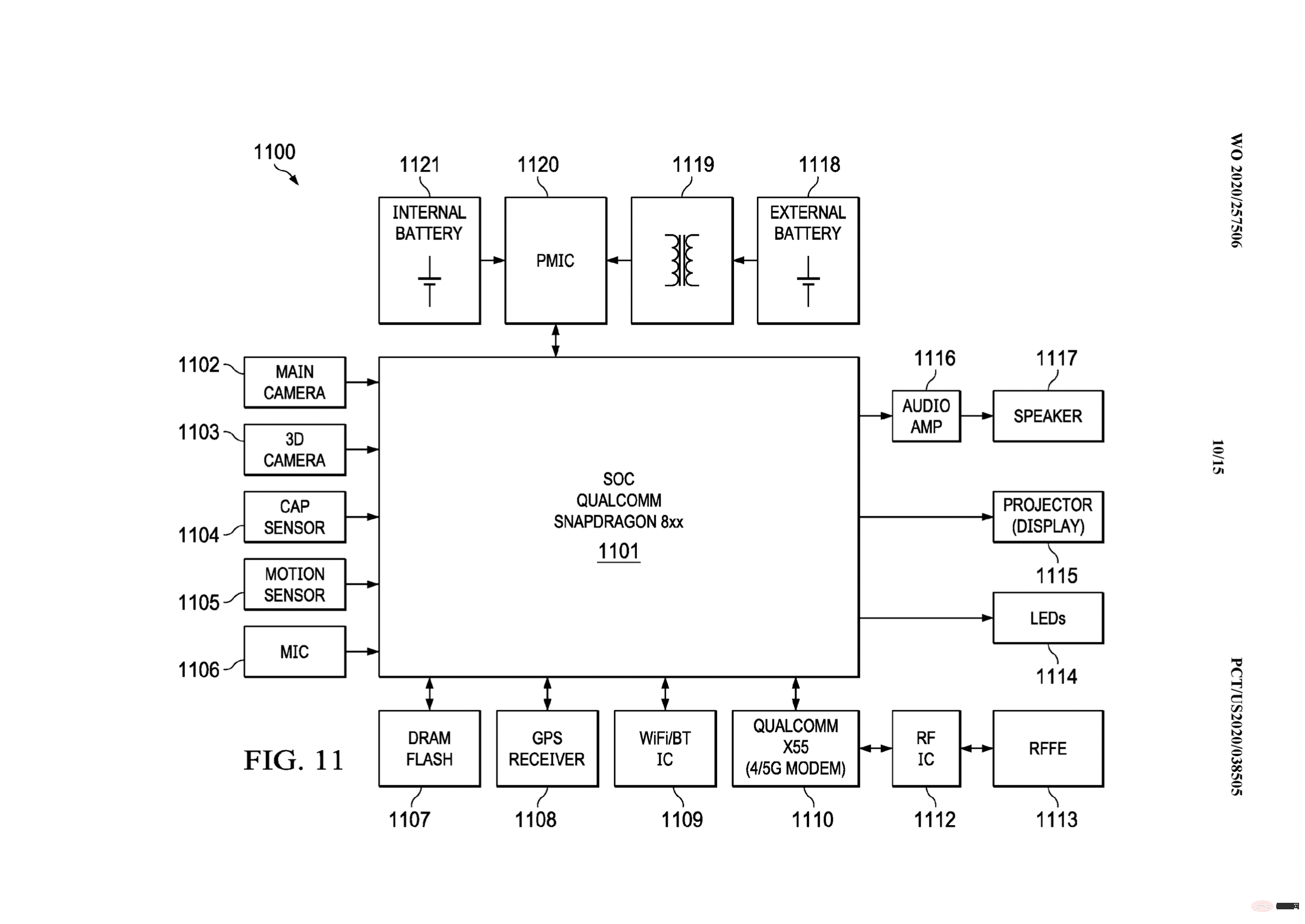
"We have many ideas and we will always protect our intellectual property. Some of these ideas may become products, while others may No. Look forward to seeing more patent applications from us in the future."
That said, the lack of a permanent display appears to be a cornerstone of Humane's ongoing push to create less distracting technology, And that's unlikely to change.
The above is the detailed content of Humane uses Android to build what looks like an AR wearable, with a laser-projection 'display' that works on any surface. For more information, please follow other related articles on the PHP Chinese website!

